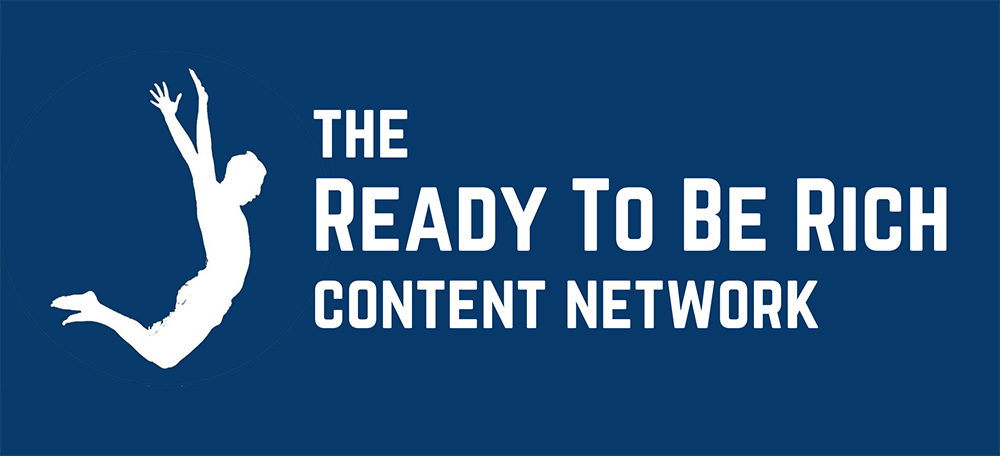Updated: February 27, 2024
When you invest in mutual funds, it’s not as simple as opening a time deposit account. But not as complicated as putting money in the stock market.
A time deposit is pretty much straightforward. Just tell your bank for how long you’d like the money to be kept, and you’re all set to earn from the given interest.
Investing in the stock market is different. After opening an account with a broker, you still have to choose which company you’d like to buy shares from.
Out of the hundreds of publicly listed companies, it can be hard to choose which one can help you achieve your financial goals. If you choose the wrong one, you’ll end up with mediocre profits. Or worse, suffer paper losses.
The middle ground in terms of complexity, between a time deposit and the stock market is pooled funds. There are unit investment trust funds (UITF), that banks offer. And of course, mutual funds.
When you invest in a mutual fund, the initial steps are similar to investing in the stock market. You’d have to first open an account with a mutual fund company, or a licensed mutual fund distributor.
Afterward, you have to choose which type of mutual fund you’d like to put your money in. Unlike the stock market, the choices are much less and can be based on how much risk you can afford.

Major Types of Mutual Funds in the Philippines
There are many types of mutual funds. In the Philippines, there are five major types, depending on where your money will be invested. They are:
Money Market Funds (or Fixed Income Funds)
These are low-risk and can earn somewhere 1% to 4% per year. When you invest here, your money will be put in time deposits and other similar products.
For example, as of writing, the interest rate of a time deposit account in Indonesia is 6.50% per annum. The mutual fund company can place your money there and in other countries with good interest rates.
Money Market mutual funds are generally a safer investment, but with a lower potential return than other types of mutual funds. It’s good for people with a short-term investment horizon.
Bond Funds
These are also low-risk and earn similarly to Money Market Funds. When you invest here, your money will be put in government bonds, investment-grade corporate bonds, and high-yield corporate bonds.
Bond Funds are also on the safer side of the spectrum of investments but likewise has lower potential return when compared to other mutual funds. It’s recommended for people with a short to medium-term investment horizon.

Equity Funds
There are high-risk and can earn around 8% or higher per year over the long term. This means there will be years when you won’t earn much, sometimes it will even be negative. But there will also be times when the yield is much higher, well up into double digits within a year.
When you invest here, your money will be put in the Philippine stock market, which explains the volatility of the Equity Fund’s potential return per annum.
Depending on the mutual fund manager, these funds can specialize in growth stocks, dividend stocks, value stocks, large-cap stocks, mid-cap stocks, small-cap stocks, or any combinations of these.
Equity Funds are the riskiest type of mutual funds, but it also has the highest potential return than other types of mutual funds. It’s good to invest in Equity Funds if you’re investment horizon is long-term.
Index Funds
The risk of Index Funds is also high, but not as much as an Equity Fund. This type of mutual fund also invests in the stock market, but only in the companies included in a particular index.
For example, the Philippine Stock Exchange Composite Index is composed of the 30 “biggest” public companies in the Philippines. An Index Fund that tracks the PSEI will only buy from companies included in that list.
The performance of an Index Fund will be parallel to the performance of the index that it follows. So when the PSEI goes up, then expect the Net Asset Value Per Share (NAVPS) of the Index Fund to also go up, and vice versa.
Index Funds still invests in the stock market, so it’s best to have a long-term investment horizon when putting your money here. Because as you should know, there will always be times when the PSEI is on a downtrend for the whole year.

Balanced Funds
Somewhere in between are Balanced Funds, which carry moderate risks and can earn around 4% to 8% per year on average. This type of mutual fund invests in both the money market and the stock market.
That’s the reason why it is moderate-risk. Usually, half of the fund is in time deposits and bonds, while half is invested in the stock market. But it’s not always an even 50-50 split.
Balanced Funds tend to have more risk than Money Market Funds, but less risk than Equity Funds. And it’s good to invest here if you’re a medium-term investor, which is but not strictly, around 3 to 5 years.
Choosing the Right Type of Mutual Fund
Actual names of mutual funds will vary — there will be Growth Funds, Prosperity Funds, Short-Term Funds, etc. The key is to ask your mutual fund broker where the money is primarily invested, and you’ll know which of the five major types that particular fund belongs to.
And as always, your financial goals will dictate where you should invest.
For example, if you aim to invest for your retirement, which is a long-term goal, then it makes sense to put your money in an Equity Fund or an Index Fund.
Working with a financial adviser or financial planner will greatly help you on how to allocate your money and diversify your portfolio among different types of mutual funds and other types of investments.
Read more: Decoding The Different Types of Mutual Funds and UITFs
What to do next: Click here to start your financial journey with IMG Wealth Academy



Hi Fitz,
Thank you for having a blog on financial management. It’s through you and Bo Sanchez that I had the appetite to penetrate the stock market. Finally I attended a free seminar yesterday facilitated by COL Philippines. Their lectures were already familiar coz i had read in your blog. (thanks buddy). But there is one concept i was not able to grasp well which I think I also read here, “it’s about something like you deduct your age from100 to get how much you should invest” something like that. Please publish again that article so I can review. Thanks a lot.
Anie